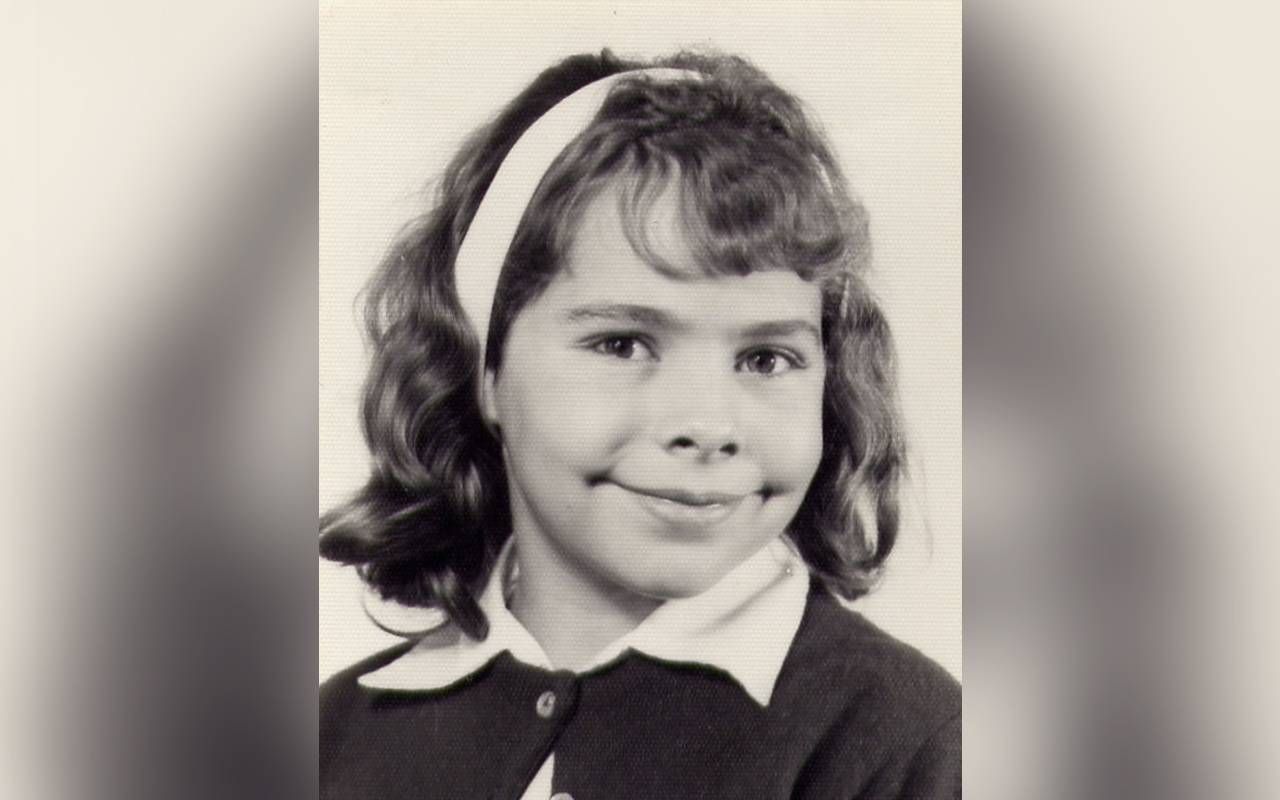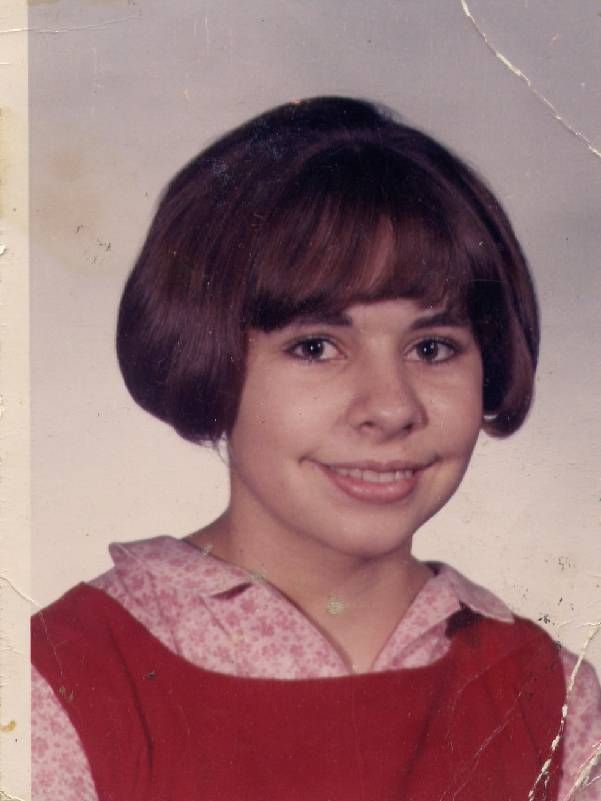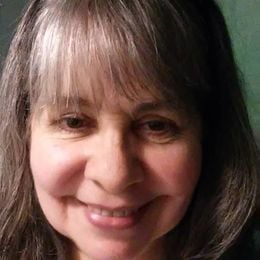Curly Hair Confidential
A cautionary tale about the power of peer pressure
I blame Cher.
In 1965, she and Sonny burst on the scene with their hit single, "I Got You Babe." And Cher, with that silky, long, straight hair, was everywhere: on TV, on the cover of Tiger Beat magazine and staring down at me from a poster on my best friend's bedroom wall.

My sister, whom I love dearly, was blessed with Cher-like tresses. I was, er, NOT. Wavy, curly hair was, it seemed, my cross to bear.
Or was it?
This is my Curly Hair Confidential, the story of my adolescence — and, embarrassingly, my adulthood — and my all-consuming obsession with achieving Cher Hair.
A Bit of Late '60s Curly Context
First off, it wasn't just Cher. It was all of those models in Seventeen magazine. It was Joanie Karnoski with her cascading blonde locks sitting next to me in sixth grade. I cannot emphasize enough how dominant this hairstyle was from the mid-60s to mid-70s (which dovetailed — perfectly, sadly — with my "formative" years).
I had three older brothers who were merciless in teasing me about my mop of curls.
And then there were the men (and boys) in my life. I had three older brothers who were merciless in teasing me about my mop of curls. Prone to handing out nicknames (one brother was christened "Dumbo" for his larger-than-average ears, the smallest was dubbed "Peanut"), they'd chosen "Scrags" (a reference to my scraggly hair) for me.
Yikes.
That nickname stuck. And it was tough on a really sensitive kid who, above all else, wanted to fit in, to be accepted.
I looked up to my older sister and female cousins — the "coolest" among them had smooth flowing tresses. The other "female role models" in my life were the nuns at our Catholic school, whose hair was completely hidden.
The only straightening strategy available to me at the time was, ironically, curlers.
Boy oh boy, I could have used a good feminine influence during those years. One, maybe, without a wimple. One with curly hair.
Perhaps a feminist?
Indeed, Second Wave Feminism was having its heyday during this period. One headline-grabbing event was the Miss America Pageant Protest of 1968. Hundreds of feminists descended on Atlantic City chanting "Women's Liberation!" and carrying signs proclaiming, "Welcome to the Miss America Cattle Auction" and "Women Are Enslaved by Beauty Standards."
During the protest marchers symbolically threw products of patriarchal oppression into a "Freedom Trash Can," including high-heeled shoes, girdles, false eyelashes. And curlers. One participant called these objects "instruments of female torture."
Taming My Curls — Or Trying To
While feminists took to the streets to rail against items of misogynistic tyranny, I was back in small town Oregon embracing them. By 7th grade, I had my first real schoolgirl crush. And my natural curls had to go.

Here's the thing: I couldn't just Google "how to straighten hair" (which I just did and which returned over 24 million results). The only straightening strategy available to me at the time was, ironically, curlers. (I cannot believe that I, and legions of other girls and women, slept on those things every night!)
My curls were somewhat tamed but I didn't look anything like Cher. So, over those first few years of adolescence, I kept adding to my arsenal as follows (sort of an "everything, everywhere, all at once" approach):
Dippity Do hair gel helped my hair dry straighter (although also stiffer). And Scotch tape (sorta) kept my bangs in line while they dried.
I learned quickly that the larger the curler, the smoother your hair would "turn out." But they simply didn't make rollers big enough to tame my tight curls. So I began using (discarded/cleaned-out) orange juice cans as rollers. (I wish I had a photo of this!)
Ironing became an option at some point. And, no, I'm not referring to those hand-held flat irons; I mean old-fashioned clothes irons. I got too close to my scalp a couple of times (ouch!) so it became an impractical, two-person endeavor for me. You had to really trust that second person.
Sometime in the late '60s, I gave Curl Free, a chemical "hair relaxer" a try. But it was far too expensive and time-consuming. And the harsh, nasty-smelling chemicals burned my scalp.
Our family acquisition of a bonnet hair dryer was, ostensibly, a giant leap forward.
Our family acquisition of a bonnet hair dryer was, ostensibly, a giant leap forward. But we only had the one device, and I didn't have a half-hour-plus to devote to setting/drying every morning. So, I kept sleeping on rollers.
It must have been 1969 when I discovered that by disconnecting the hot air tube from the bonnet, I could use that nozzle as, in essence, a makeshift hand-held dryer, before those became widely available.
Sort of. Not really. But it was a start.
My hair was becoming straighter and straighter. And I was becoming more and more acceptable. To my brothers. To boys generally. To my world.
The Early '70s — The Illusion is (Almost) Complete
I went off to college in 1971 with my ersatz hand-held hair dryer as my constant companion. And I mean constant: I did not leave my dorm room without wrestling my hair into semi-straight submission.
I was, and still am, a feminist. But I was, and still am, blow drying my hair into submission.
My DIY hair dryer was replaced with the real thing in 1973. The Lady Schick Speed Styler — with a comb attachment — felt like the invention of the wheel to me.
Those hand-held dryers have been dubbed "freedom's appliance." But "freedom" only went so far for me. My herculean efforts were for naught if my straightened locks should get even a tiny bit wet. In the rainy Pacific Northwest that was a serious concern. If I had an early morning class, I would tuck ALL of my hair securely under a knit cap en route. Umbrellas were useless to me; I needed to keep that mist away from my hair.
By the mid-70s, I had started law school. "Charlie's Angels" was the most watched show on television. I no longer had to mimic Cher because I had a new role model: Farrah Fawcett. Her hair had some curl to it so your first assumption might be that my hair and I were now on Easy Street.
Yeah, er, NO. Because I still had to blow dry my hair straight and then curl it. My rollers were back. Now they were electrified. More instruments of female torture.

The Power of Peer Pressure
You would think that attending law school with my fellow Second Wave Feminists might give me pause about continuing my slavish obeisance to my hair. You would be wrong. It continued — right through graduation and into my "grown-up" years.
I wish I could tell you that, as I matured, I stopped all of this straightening nonsense. But I can't. I was, and still am, a feminist. But I was, and still am, blow drying my hair into submission. A testament to the enduring power of peer pressure.
But now, in my late 60s, it's a five-minute process every two or three days. It's not that big of a deal. I don't give my hair much thought, really.
Unless it rains.


